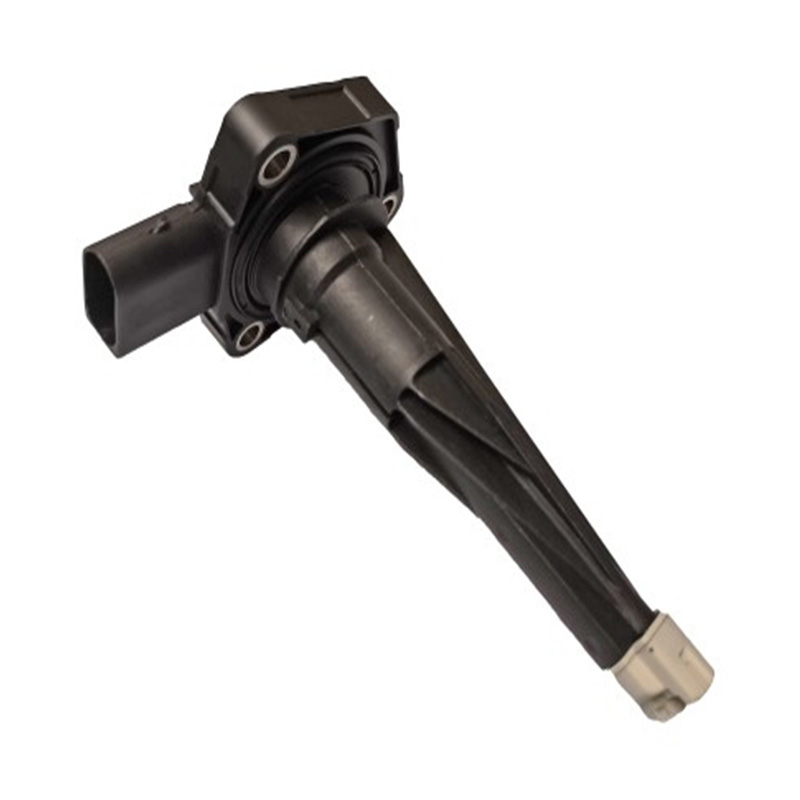OEM.NO: 12617638343. 12618638755. 7638343. 8638755
See DetailsWhat is TPMS Tire Pressure Monitoring System? How It Ensures Safe Driving
A TPMS Tire Pressure Monitoring System is a crucial safety feature in modern vehicles that provides real-time monitoring of tire pressure and temperature. By detecting changes in tire pressure, a TPMS helps prevent accidents caused by under-inflated or over-inflated tires, which can cause to dangerous blowouts, decreased vehicle control, and increased fuel consumption. This article delves into the importance of TPMS, how it functions, and why every driver should understand its role in road safety.
05154876AA Car Tire Pressure Sensor
The Basics of a TPMS Tire Pressure Monitoring System
A TPMS Tire Pressure Monitoring System uses sensors—either internal or external—to monitor tire pressure levels constantly. The system alerts the driver when tire pressure falls below or rises above safe levels. In many cars, the TPMS warning light will activate on the dashboard if a tire's pressure becomes unsafe. This real-time information allows drivers to respond immediately, adjusting tire pressure before a minor issue turns into a serious safety risk.
Tyre pressure sensors, which are integral to TPMS, measure not only pressure but often temperature as well. Temperature is another critical indicator of tire health, as excessive heat can indicate overuse, misalignment, or other problems that could compromise safety. With the TPMS providing both pressure and temperature data, drivers have a comprehensive view of each tire's condition, enhancing their ability to drive safely.
How TPMS Enhances Driving Safety
Prevents Blowouts and Accidents
A major benefit of a TPMS Tire Pressure Monitoring System is its ability to prevent tire blowouts. Blowouts are often caused by under-inflated tires, which become too hot and eventually rupture. When a tire lacks sufficient pressure, the TPMS immediately warns the driver, allowing them to correct the issue and avoid a potentially dangerous situation. By catching issues early, TPMS reduces the risk of high-speed blowouts that could cause loss of vehicle control.
Improves Vehicle Stability and Handling
Correct tire pressure is essential for vehicle stability and handling. Under-inflated or over-inflated tires can cause uneven wear, affect braking distance, and reduce traction on the road. A TPMS Tire Pressure Monitoring System helps ensure that each tire is at the proper inflation level, supporting better control and stability while driving. This is particularly important in wet or icy conditions, where correct tire pressure can make a critical difference in handling and braking.
Enhances Fuel Efficiency
Properly inflated tires not only improve safety but also enhance fuel efficiency. Low tire pressure increases rolling resistance, causing the engine to work harder and consume more fuel. By maintaining the correct pressure through the use of tyre pressure sensors, a TPMS helps improve fuel economy, saving money and reducing environmental impact. This benefit is especially important for long-distance drivers or those who rely on fuel efficiency for budget-friendly commuting.
How a TPMS Tire Pressure Monitoring System Works
A TPMS Tire Pressure Monitoring System typically operates using two types of sensors:
Direct TPMS: This type uses individual tyre pressure sensors installed in each tire. Direct TPMS sensors provide real-time data for each tire's pressure and temperature, sending the information to the car's dashboard. Because these sensors are precise, they allow for immediate alerts when pressure falls out of the recommended range.
Indirect TPMS: Instead of measuring pressure directly, an indirect TPMS uses the car's ABS (Anti-lock Braking System) sensors to monitor tire rotation speed. When a tire is under-inflated, it rotates at a different speed than properly inflated tires. Although less precise than direct systems, indirect TPMS still provides valuable safety information and helps alert drivers to potential issues.
While both types of TPMS are effective, direct TPMS with tyre pressure sensors offers more detailed data, allowing drivers to monitor pressure and temperature changes continuously. Some vehicles display this data on the dashboard, making it easy for drivers to monitor tire conditions at a glance.
Common TPMS Issues and Maintenance
Like any automotive system, a TPMS Tire Pressure Monitoring System requires regular maintenance to function optimally. The common issue drivers experience with TPMS is battery failure in the tyre pressure sensors. The sensors are typically powered by small batteries that last several years but will eventually need replacing. Most direct TPMS sensors have a lifespan of around five to ten years, depending on use.
Another issue can be sensor calibration. After a tire rotation, replacement, or significant change in tire pressure, it's important to recalibrate the TPMS. Many modern vehicles have a simple recalibration process accessible through the dashboard controls, or it may be done during routine maintenance at an auto shop.
Finally, keep in mind that TPMS sensors can be affected by temperatures. In cold weather, it's common for TPMS warnings to appear due to a temporary decrease in pressure caused by low temperatures. If this happens, check the pressure manually before adding air, as the pressure may normalize once the tires warm up.
Why Every Driver Should Rely on TPMS
Investing in a vehicle with a TPMS Tire Pressure Monitoring System is a smart decision for anyone looking to enhance road safety. By providing real-time data and alerts, TPMS ensures that drivers can act quickly to address any tire-related issues. This not only protects drivers and passengers but also supports a more fuel-efficient, environmentally friendly driving experience.
For those without a factory-installed TPMS, aftermarket systems are available. They can be installed by professionals and provide the same level of monitoring and alert functions as factory models. Given the safety, efficiency, and convenience that TPMS provides, it's a worthwhile addition to any vehicle.






